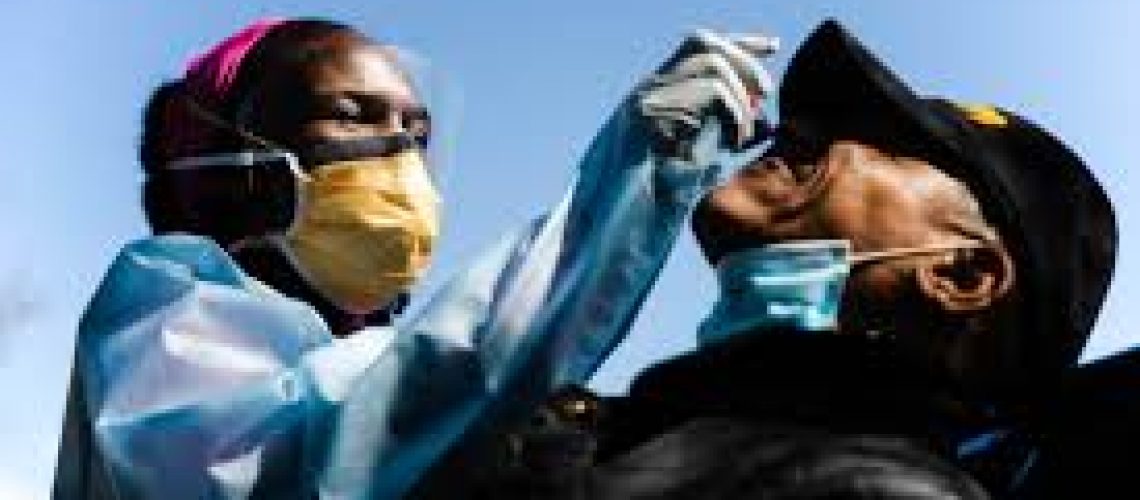What Do Coronavirus Racial Disparities really mean
In April, New Orleans health officials realized their drive-through testing strategy for the coronavirus wasn’t working. The reason? Census tract data revealed hot spots for the virus were located in predominantly low-income African-American neighborhoods where many residents lacked cars.
In response, officials have changed their strategy, sending mobile testing vans to some of those areas, says Thomas LaVeist, dean of Tulane University’s School of Public Health and Tropical Medicine and co-chair of Louisiana’s COVID-19 Health Equity Task Force.
“Data is the only way that we can see the virus,” LaVeist says. “We only have indicators. We can’t actually look at a person and tell who’s been infected. So what we have is data right now.”
Until a few weeks ago, racial data for COVID-19 was sparse. It’s still incomplete, but now 48 states plus Washington D.C., report at least some data; in total, race or ethnicity is known for around half of all cases and 90% of deaths. And though gaps remain, the pattern is clear: Communities of color are being hit disproportionately hard by COVID-19.

Public health experts say focusing on these disparities is crucial for helping communities respond to the virus effectively — so everyone is safer.
“I think it’s incumbent on all of us to realize that the health of all of us depends on the health of each of us,” says Dr. Alicia Fernandez, a professor of medicine at the University of California San Francisco, whose research focuses on health care disparities.
NPR analyzed COVID-19 demographic data collected by the COVID Racial Tracker, a joint project of the Antiracist Research & Policy Center and the COVID Tracking Project. This analysis compares each racial or ethnic group’s share of infections or deaths — where race and ethnicity is known — with their share of population. Here’s what it shows:
- Nationally, African-American deaths from COVID-19 are nearly two times greater than would be expected based on their share of the population. In four states, the rate is three or more times greater.
- In 42 states plus Washington D.C., Hispanics/Latinos make up a greater share of confirmed cases than their share of the population. In eight states, it’s more than four times greater.
- White deaths from COVID-19 are lower than their share of the population in 37 states and the District of Columbia.






